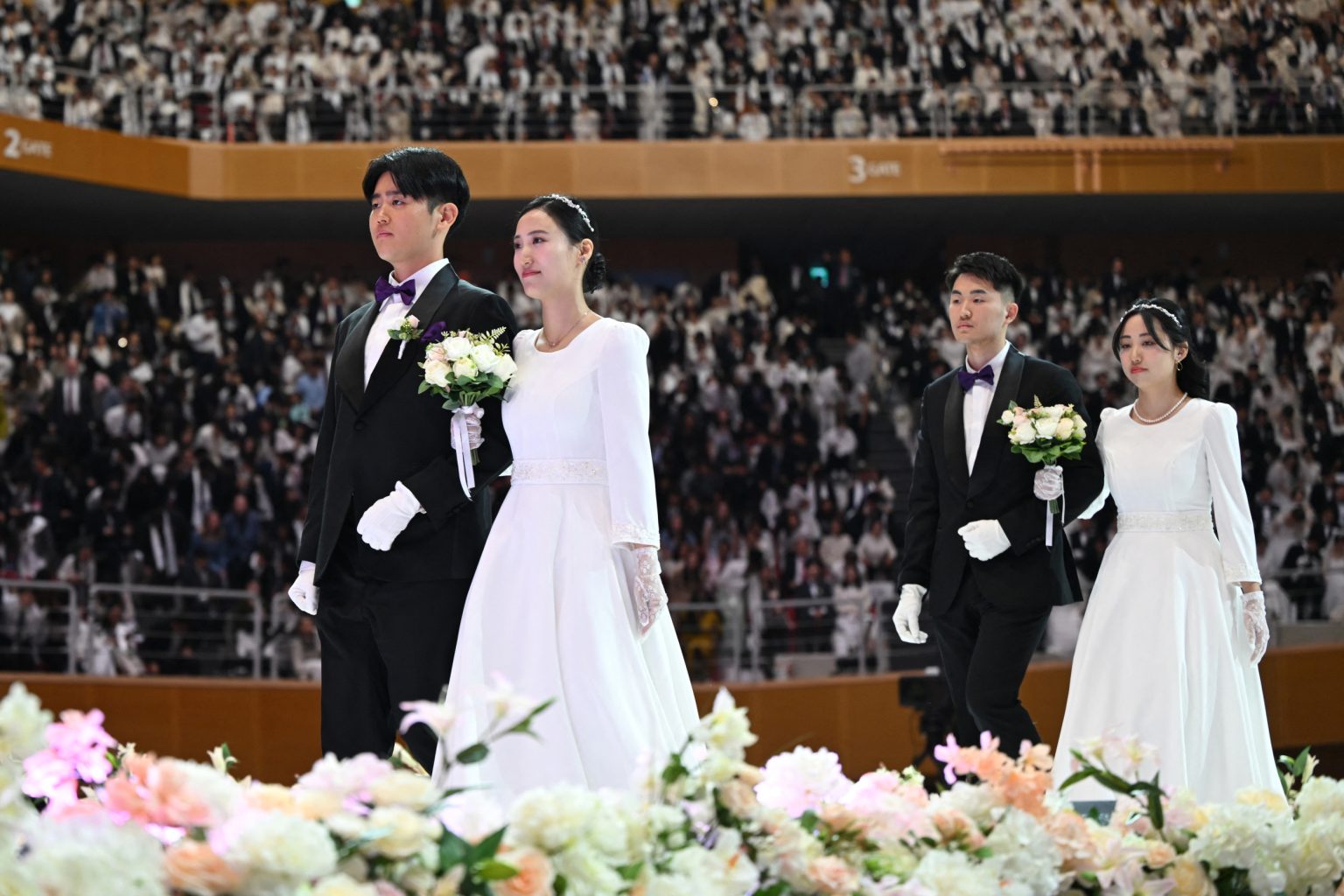South Korea’s Demographic Crisis: Fewer Marriages, Fewer Babies, and an Uncertain Future
South Korea is facing what many officials describe as a demographic emergency, with newly released data painting a stark picture of the nation’s population trajectory. According to the Korean Statistical Information Service, marriages have plummeted by 44 percent over the past three decades, while annual births have dropped to just one-third of their 1995 levels. Despite a modest 15 percent uptick in marriages in 2024 compared to the previous year (222,400 couples versus 398,500 in 1995), the long-term trend remains deeply concerning. The marriage rate peaked in 1996 at approximately 430,000 before beginning its prolonged decline. Similarly, while births saw a slight rebound from the record low of 230,000 in 2023 to 238,000 in 2024, this represents a dramatic fall from the 715,000 babies born in 1995. Demographers attribute the small recent increase to delayed pregnancies following the COVID-19 pandemic and a temporary demographic bulge of women entering their thirties, but emphasize that the structural decline persists.
The societal shift behind these numbers reflects changing priorities and challenges for young South Koreans. Women are marrying significantly later than previous generations, with the average age at marriage rising from 25.3 years in 1995 to 31.6 years in 2024. Men show a similar pattern, with their average marriage age increasing from 28.4 to 33.9 during the same period. Beyond delaying marriage, South Koreans are having fewer children overall and are increasingly likely to stop at one child. Second or later births now make up just 52.6 percent of total births, down dramatically from 83 percent in 1995. Experts point to multiple factors driving these decisions, including prohibitive housing costs in major cities, a demanding workplace culture that makes work-life balance difficult, and persistent gender inequality in childcare responsibilities. Young people feel caught between professional ambitions and traditional family expectations, with many concluding that marriage and parenthood would require sacrifices they’re unwilling to make.
The implications of these demographic trends are profound and far-reaching. South Korea’s fertility rate stands at just 0.75 births per woman in 2024—the lowest in the world and far below the 2.1 births needed to maintain a stable population. Meanwhile, the proportion of citizens aged 65 and older has surpassed 20 percent, creating a rapidly aging society. This combination of low births and increasing longevity creates what economists call a “demographic time bomb.” As the working-age population shrinks relative to retirees, fewer young workers must support a growing elderly population, placing immense strain on pension systems, healthcare infrastructure, and social services. Rhee Chang-yong, governor of the Bank of Korea, has described the situation in stark terms, warning that “if this trend continues, Korea faces an irreversible population crisis that threatens economic stability and social cohesion,” and predicting that “if the fertility rate remains at 0.75, Korea will inevitably face prolonged negative economic growth after 2050.”
The South Korean government hasn’t stood idle in the face of these challenges. Since 2008, Seoul has invested hundreds of billions of dollars in various initiatives designed to encourage marriage and childbearing. These include direct cash subsidies for new parents, preferential housing allocations for families with children, expanded parental leave policies, and subsidized fertility treatments for couples struggling to conceive. Most recently, the administration has announced the creation of a dedicated ministry tasked specifically with developing and implementing population strategy. These efforts represent one of the most comprehensive government-led responses to declining fertility in the world, demonstrating how seriously officials view the demographic challenge. However, the persistent downward trend in both marriages and births suggests that these financial incentives and policy adjustments have yet to address the deeper cultural and economic factors driving young Koreans’ family planning decisions.
The South Korean experience offers valuable insights for other developed nations facing similar, if less severe, demographic challenges. Japan, Italy, Spain, and increasingly China all confront aging populations and below-replacement fertility rates. South Korea’s case is particularly instructive because of the remarkable speed of its demographic transition—moving from a young, growing population to an aging, shrinking one in just a few decades. This rapid shift coincided with the country’s economic development, suggesting that prosperity alone doesn’t ensure population stability. In fact, the pressures of modern competitive economies may actually discourage family formation unless accompanied by supportive social policies and cultural adaptations. The struggle to balance career demands, housing costs, and traditional family expectations creates tensions that financial incentives alone cannot resolve.
Looking ahead, South Korea faces difficult choices about how to adapt to its demographic reality. Even if fertility rates were to increase dramatically tomorrow, the population structure has already been altered for decades to come. Potential adaptations include embracing greater immigration (historically uncommon in South Korea), accelerating automation to maintain economic output with fewer workers, reforming pension systems to remain sustainable with a smaller contributor base, and fundamentally rethinking workplace cultures to better accommodate family life. Perhaps most importantly, addressing persistent gender inequality in both professional and domestic spheres will be essential if young women are to feel that marriage and motherhood are compatible with their other life goals. The challenge for South Korean policymakers isn’t just to increase birth rates but to create a society where having children feels like a viable choice rather than an overwhelming burden. Whether they succeed will have profound implications not just for South Korea’s future but for other nations watching closely as they navigate their own demographic transitions.


